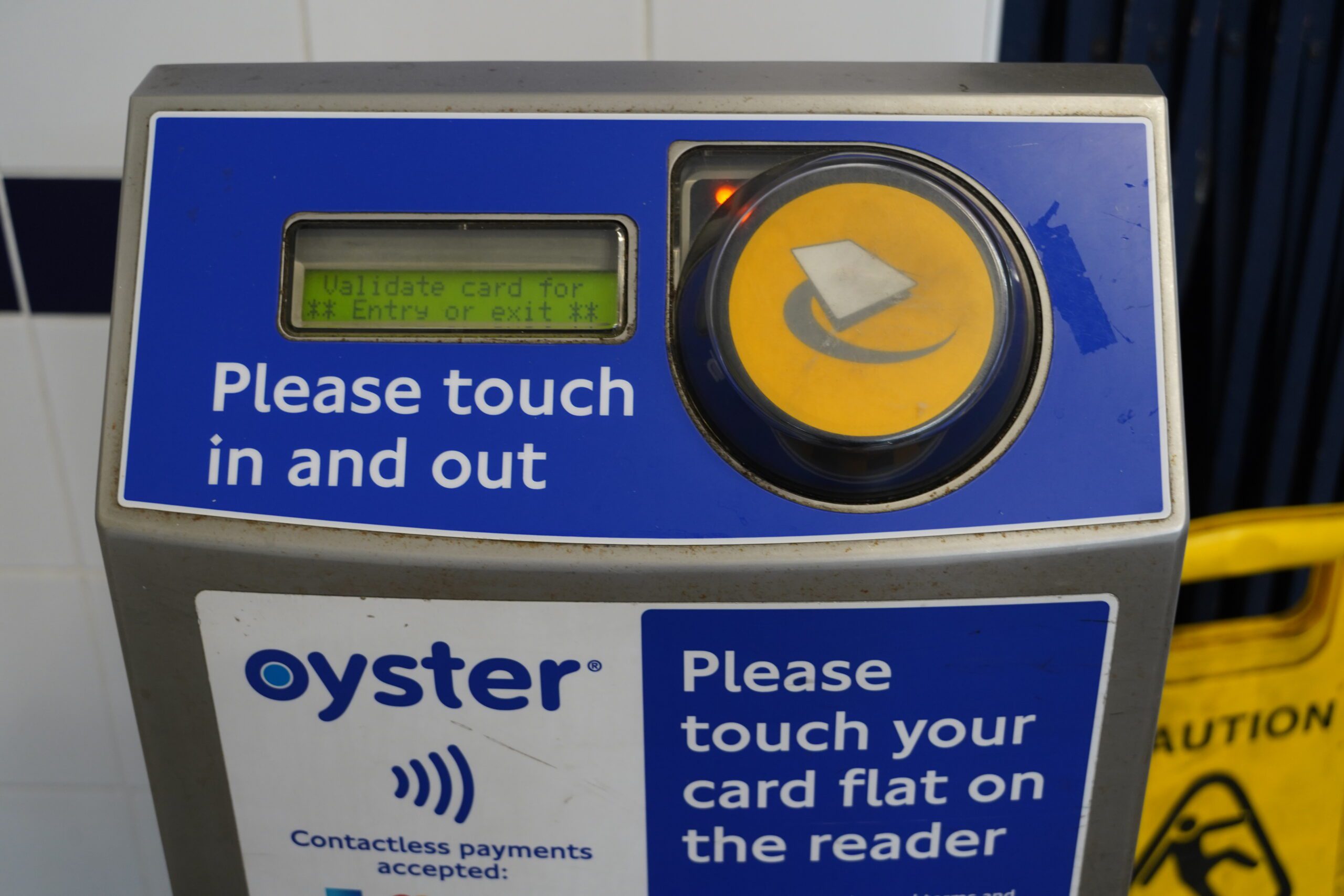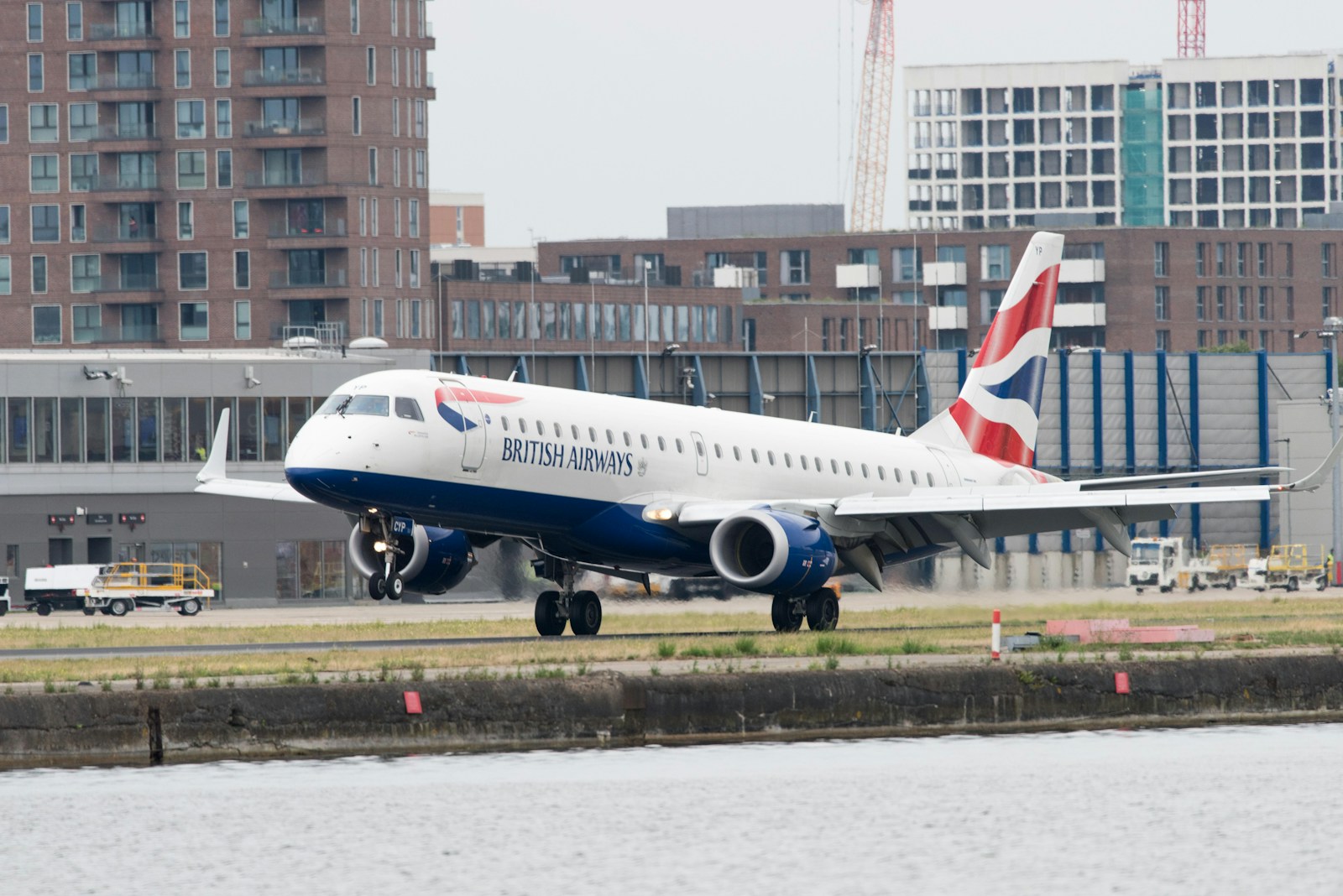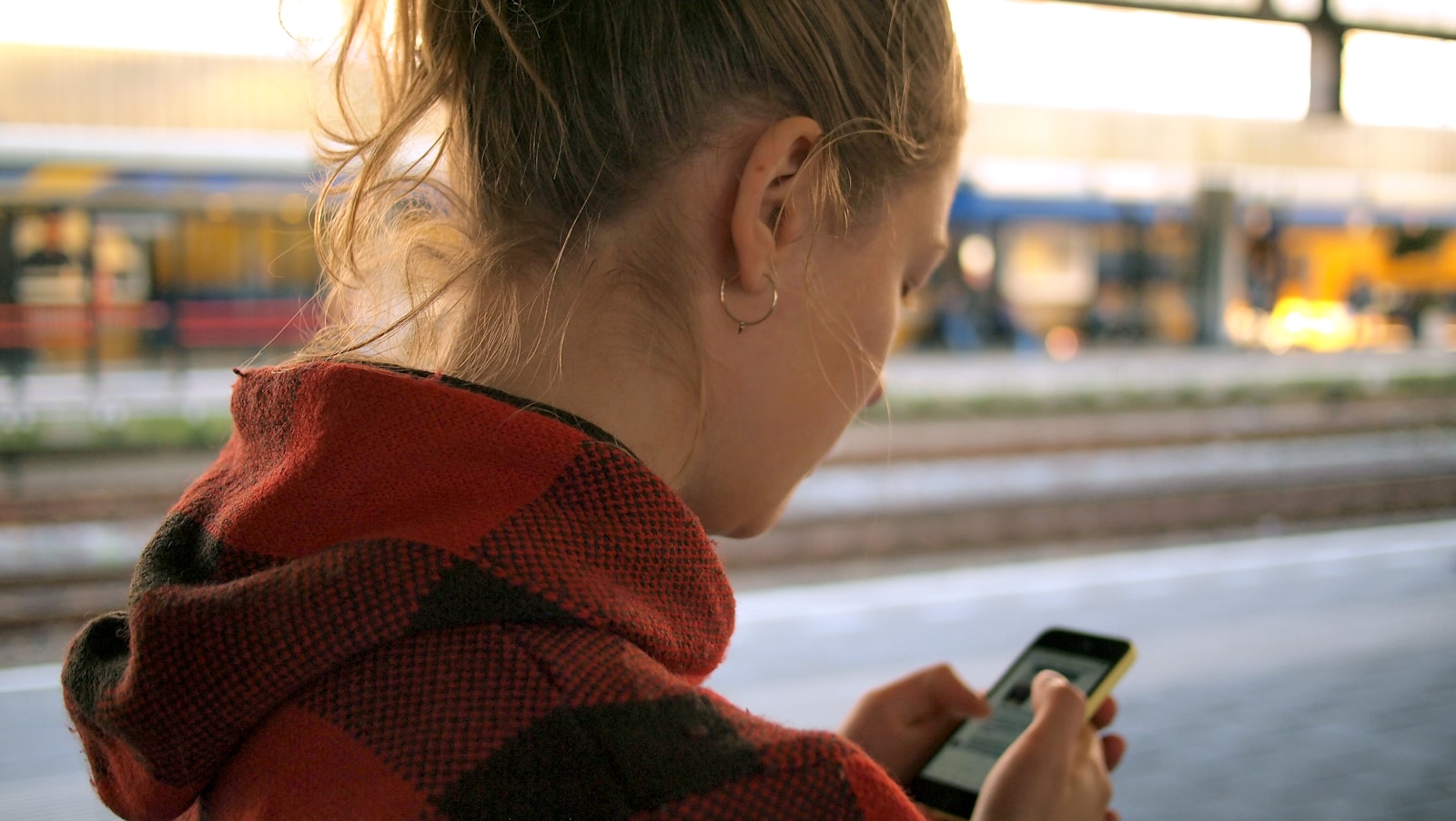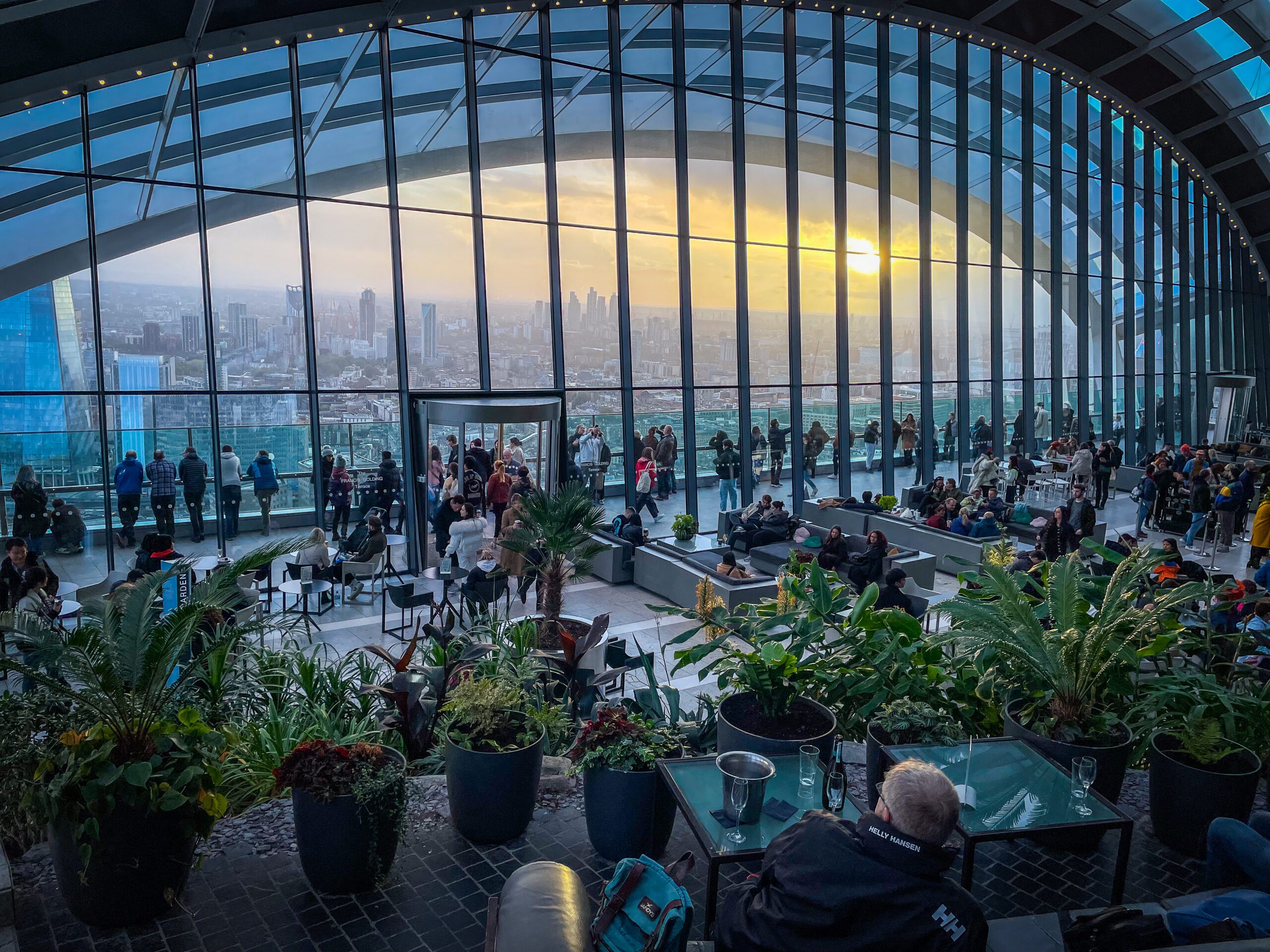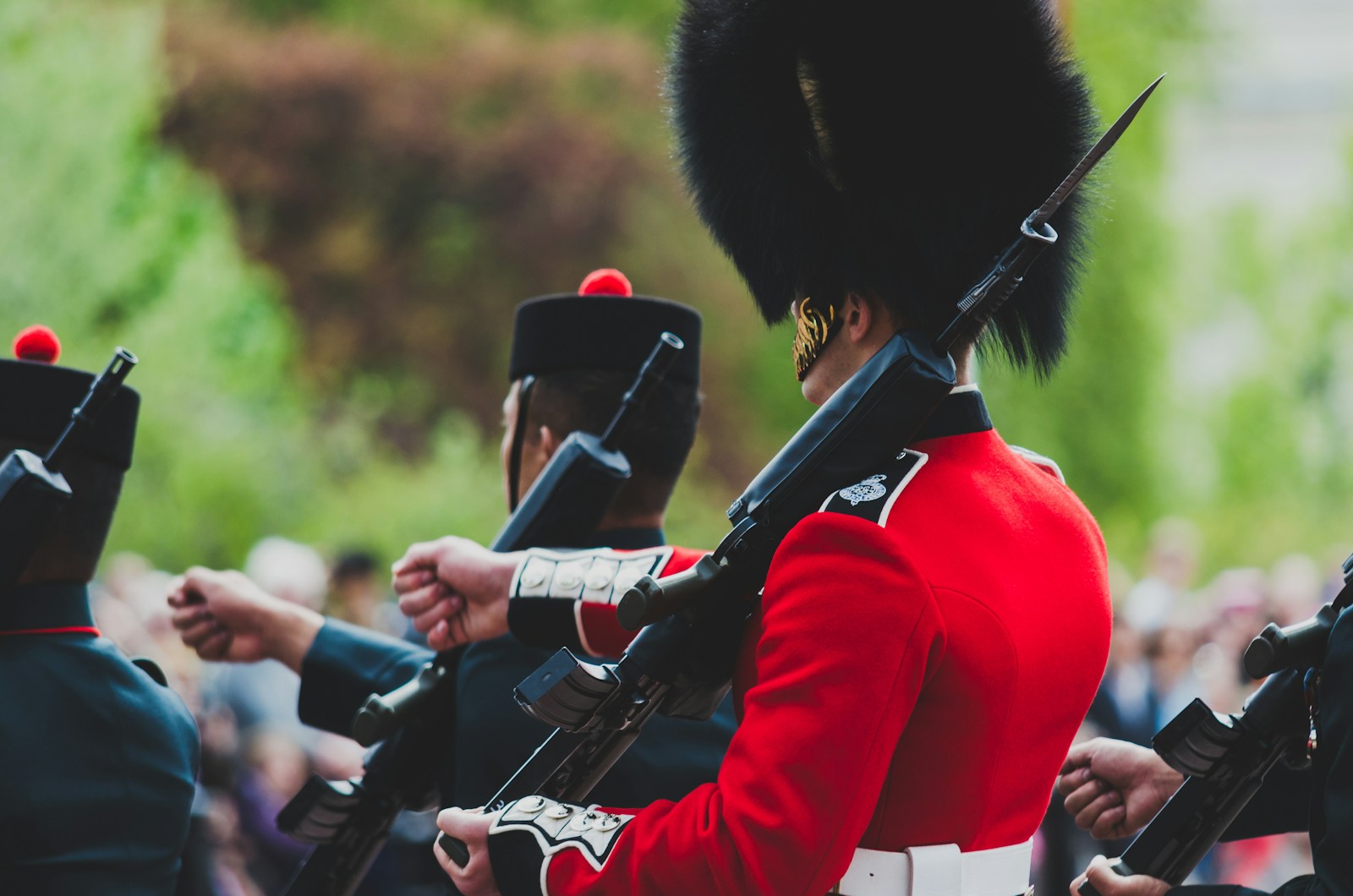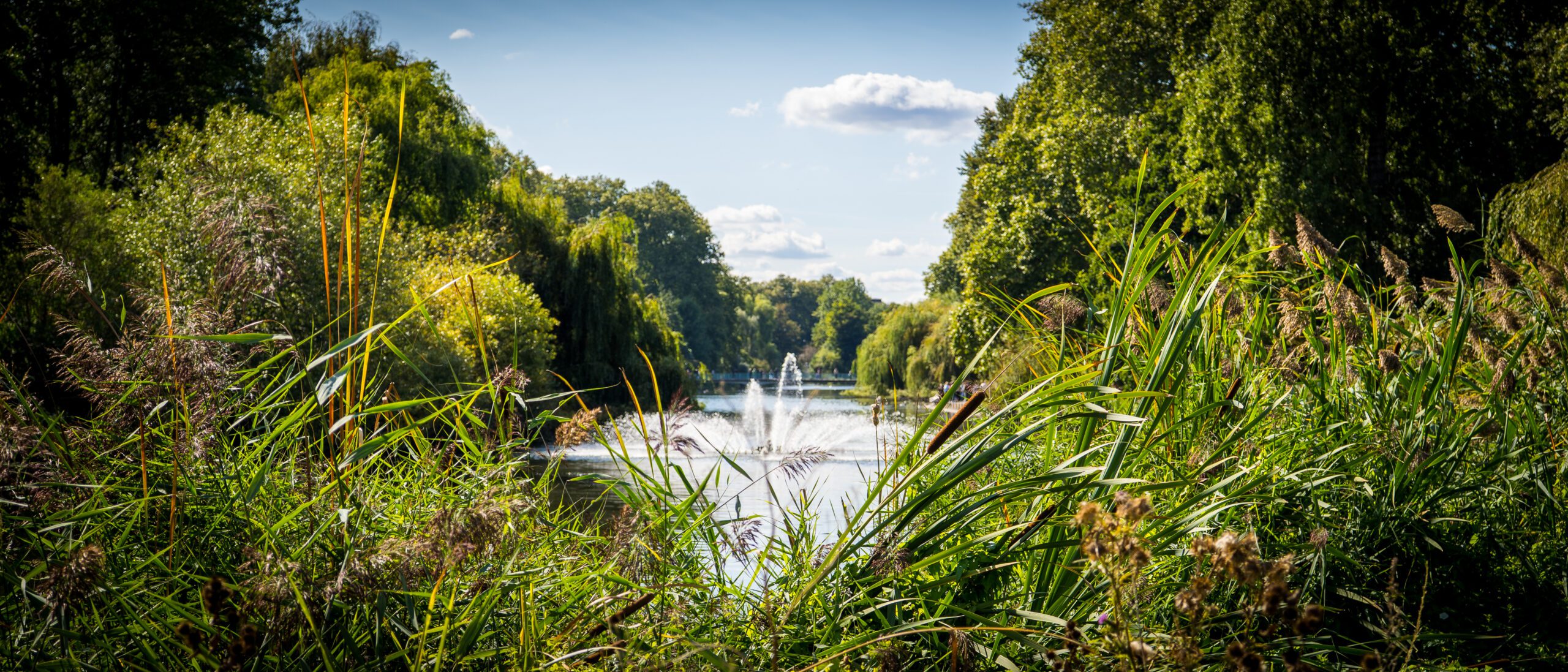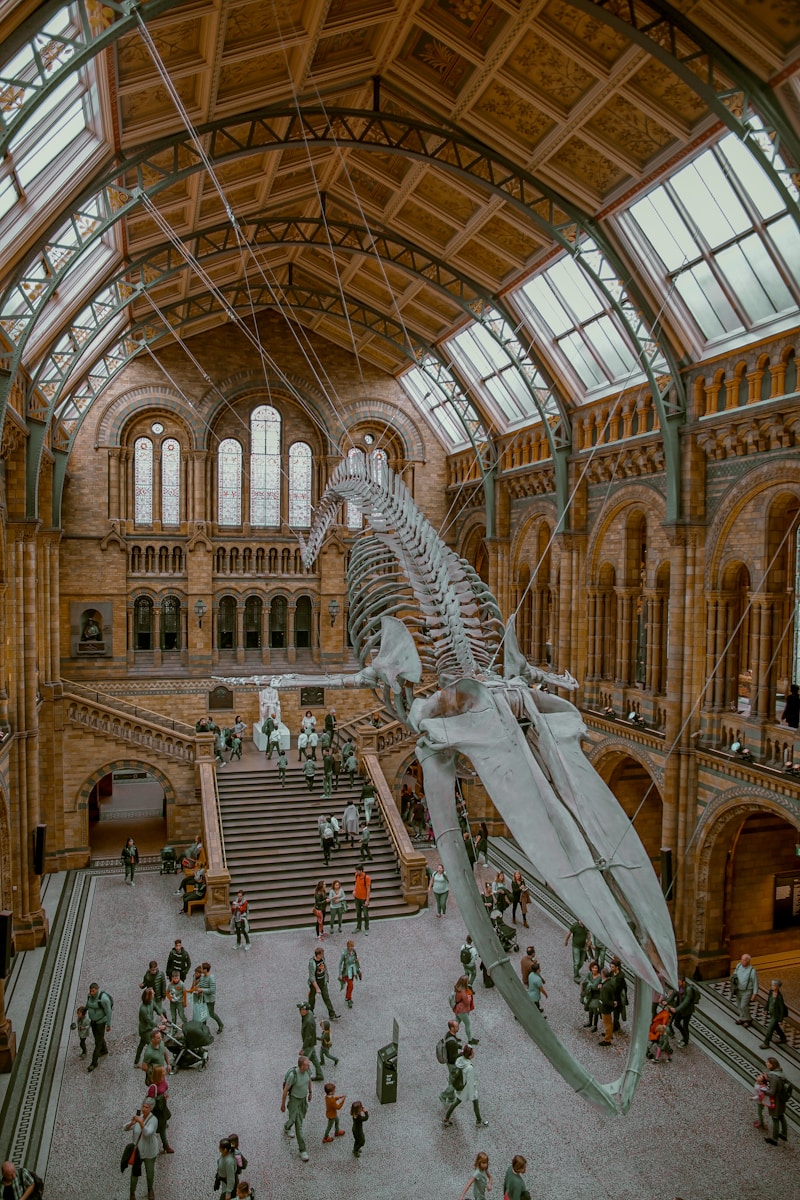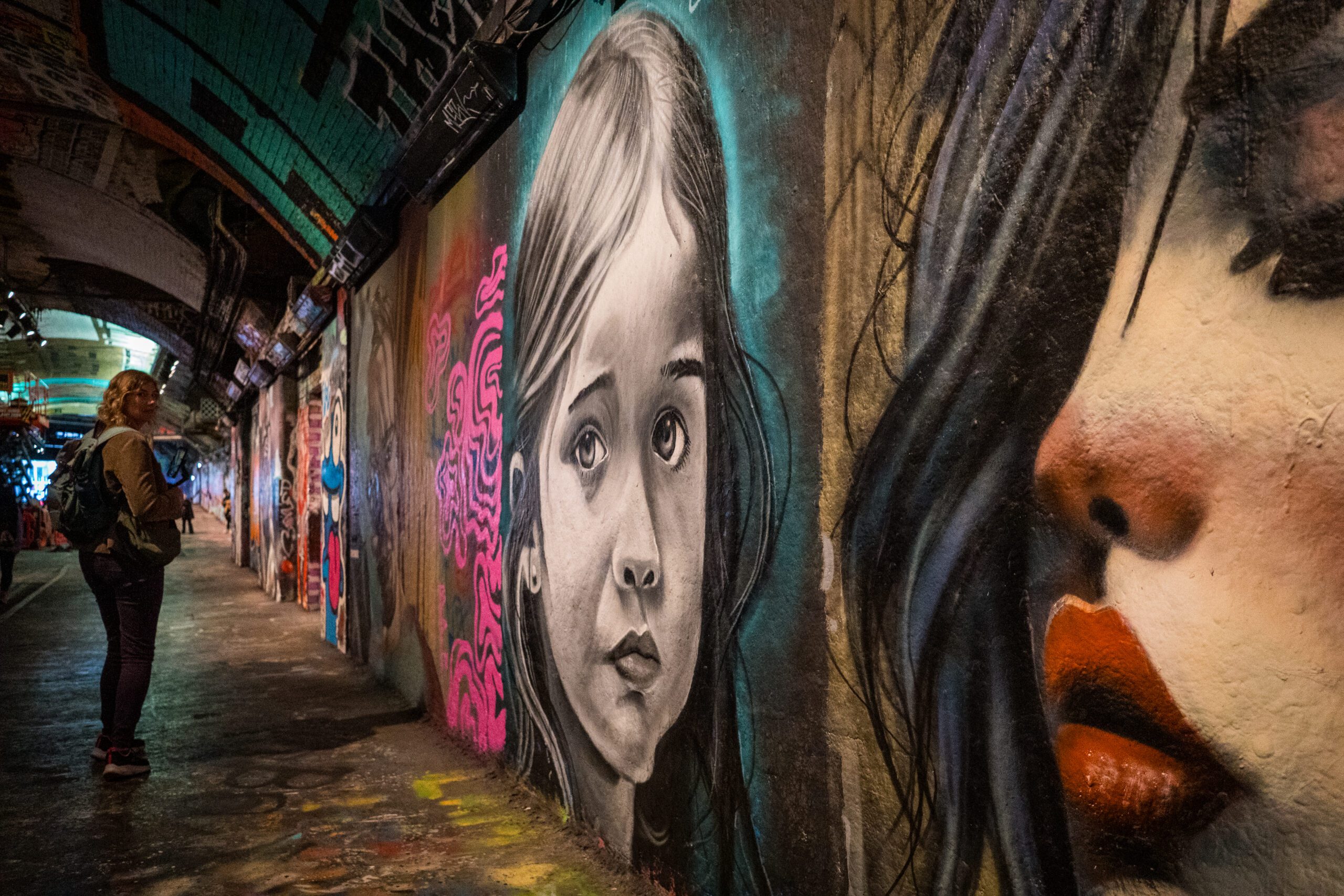London’s transport system is primarily run by Transport for London (TfL). These include: Tube, Bus, DLR, Trains, Trams and Boat. In this guide, I will explain the different options for how to pay for London’s public transport. As all the TfL services are integrated, the same payment method can be used across all of them – handy!
Read more: How to use each mode of public transport.
Read more: What apps to use to plan your journey
Cost of tickets.
You cannot pay in cash for any public transport in London. The options are paying by bank card, oyster card or having a pre-paid ticket. You can pay in cash for tickets at the machines though. You pay per journey for each mode of transport, although there are daily and weekly caps in place. This means that you can budget for your visit. Be aware that off peak travel after 9.30am is cheaper so you can have a decent breakfast before travelling!
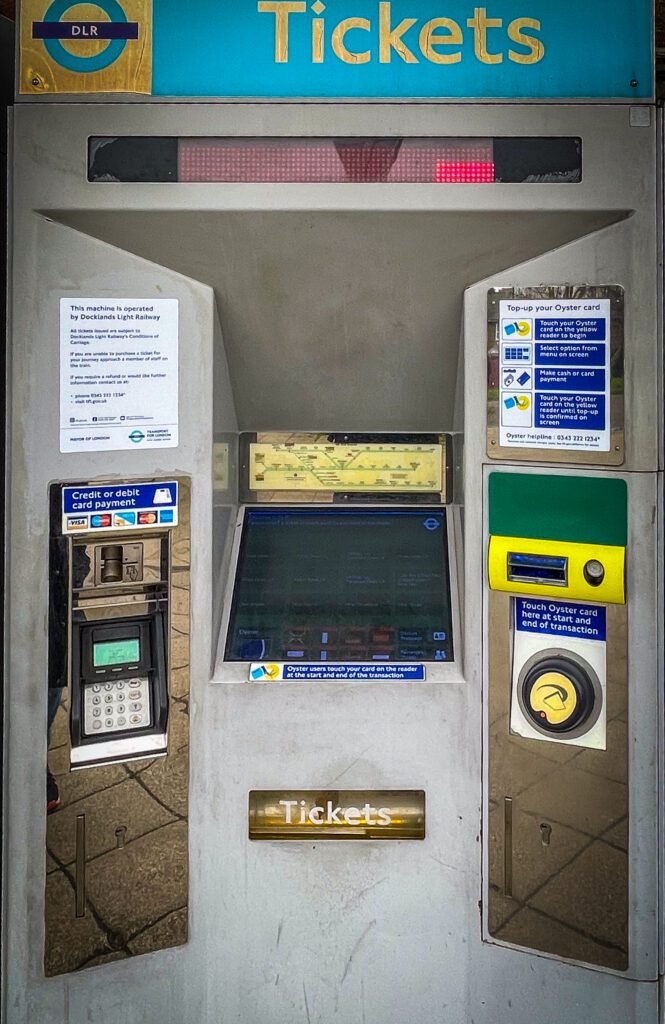
Read more: Current fares for London’s public transport.
Hopper Fare for Bus and Tram
If you want to use the bus and/or tram, then the fares are per journey, or per hour. The Hopper Fare, lets you make unlimited bus and tram journeys within one hour of you first tapping in. You don’t need to tap out on a bus or tram so you need to have started your last journey within the hour to take full advantage of the Hopper fare.
Daily Cap for fares
You could use many modes of transport in one day (midnight to midnight) to travel around in London. You could use the tube several times, catch a bus and then get a train if going to some of the outer zones. Each journey gets totted up automatically by TfL and you pay the lowest price of either the actual cost of the journeys or the Daily Cap. This is the maximum price you will pay for one day which as of late 2024 is £14.10.
Daily Cap Exceptions
The only exceptions to this are if you want to use the Uber Boat (Thames Clipper) or Cable Car. You can still tap in and out using your card for these, but the fares are treated as separate from the Daily Cap.
If you are using an Oyster card to travel around, make sure you have enough funds on the card as you can’t top up at Uber boat stations. I found this out with my son who had enough money on his oyster card to get into London but I hadn’t checked the amount. He tapped to get on the Uber Boat and an error signal indicated that he didn’t have enough money to pay the fare. I ended up paying with another credit card so he could get on, but of course that was an adult fare! I didn’t realise at the time, but had I downloaded the Uber Boat app, I could have bought a child’s ticket whilst standing in the queue.
Payment options for public transport:
Oyster Card
An Oyster card is a smart card used to pay for travel on London’s public transport. You can buy it at any Tube station, convenience store, or online and top it up with credit. You can even buy a Visitor Oyster card for £15 and it will be shipped ready to use to your home address.
This is a fantastic option if you want to have it already in hand before you get to London with credit pre-loaded. The alternative is to wait until you have arrived. You can buy a physical oyster card for £7 at all tube stations, some train stations, visitor centres and at specific shops registered as an oyster ticket stop.
You can top up the credit on the Oyster card at all payment machines in tube and train stations.
An oyster card is the best option if you don’t want to, or can’t use a credit/debit card to tap in and out at each station.
Read more: Visitor Oyster Cards
Oyster Cards for Children
If you have children between 4 and 17, then an oyster card is your easiest option to access their discounted fares. You can buy a paper travelcard (see below) daily as an alternative.
Under 5s travel free with a paying adult on every mode of transport. There are always wide barriers to the side at tube and train stations so you can walk through together. Do not try to walk through a normal barrier together. They do not stay open long enough and I have seen many children getting trapped.
5-10 year olds benefit from free travel on the tube, DLR, trains and buses with a paying adult. They will receive 50% adult fares on Uber boats and Cable Car. You can purchase tickets at each of these stations but you will save 10% by paying for their ticket by Oyster card. If your child looks older than 10, then I would take a photocopy of ID to prove their age as they could be challenged.
If your child is 11-15 years old, you will need an Oyster Card and then have the Young Visitor discount applied on the card at any tube, train or Elizabeth line station. They can then travel at 50% off the adult fare for 14 days. Your child will need to be with you when you ask for the discount. I would also take a copy of ID to prove their age if they look older than 15.
Contactless Card Payments.
The most popular and convenient way to pay for London’s public transport is to use a contactless debit or credit card. Simply tap your card on the yellow card readers when you enter and exit the Tube or when you board buses and other services. The fares are exactly the same as using an Oyster Card and you don’t have the bother of ordering and paying for an Oyster card before you arrive. You also don’t need to think about topping up your Oyster card during your trip. This is the cheapest way of accessing public transport in London. However, you will not access any child discount this way. Children up until the age of 17 will either need an oyster card or a paper ticket. These are available to buy at tube and train stations.
Apple Pay/Google Pay
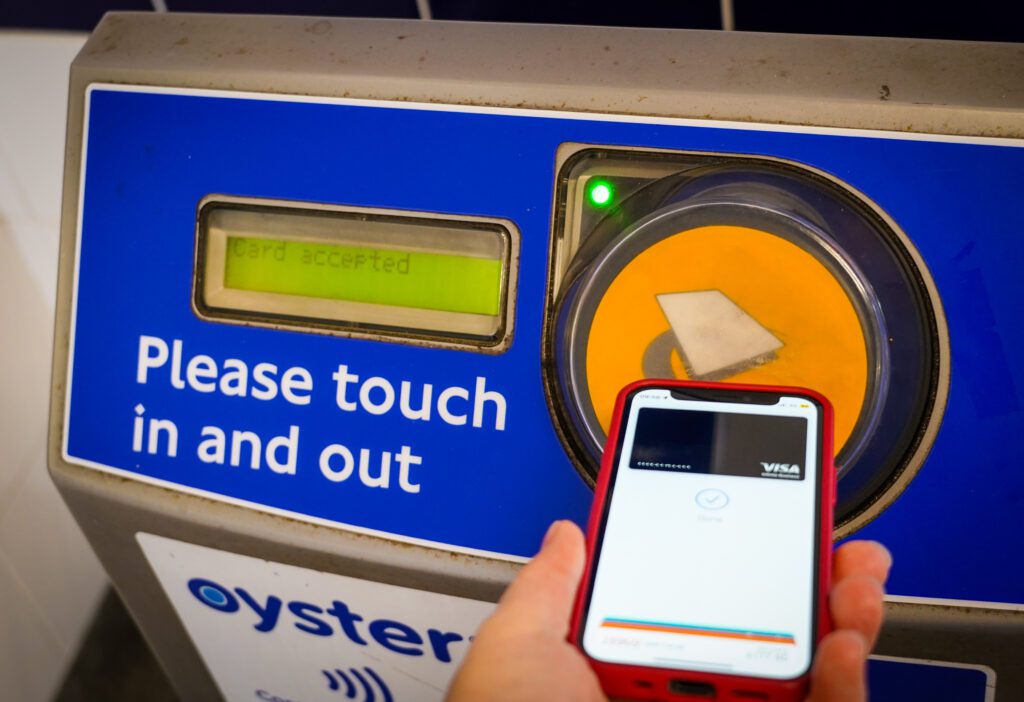
If you prefer, as I do, to keep your wallet in your pocket, you can use Apple Pay or Google Pay on your smartphone or smartwatch, much like a contactless card. Be aware however, that you cannot interchange between your physical card and the card on your phone. On your phone, the card is registered as a different number which will interfere with the daily cap charges. What you can do however, is one person use the physical card and one person use a phone – using the same account.
Like using a contactless card as payment, you cannot access any child discounts on fares. They will need to have an oyster card or paper ticket.
Travelcards
Travelcards are paper tickets that allow unlimited travel for a set period (1 day, 7 days, monthly, or annually) in specific zones. You can also load them onto an Oyster card. They are more expensive than an oyster card or contactless method. The Daily Cap is cheaper than a travelcard. In fact, the Oyster Daily Cap turns into a Weekly Cap (used over 7 days, only pay for 5) that the only reason to buy a travelcard is to use for the attractions that advertise a 2for1 deal if arriving by train.
For children aged 5-15, buying a one-day travelcard for the zones you need is an excellent alternative to buying an oyster card as this will save the £7 upfront cost. You will need to buy a ticket from a machine from a tube or train station each day that you travel.
Top Tips:
- My advice would be to use a debit card not attached to your main bank account. I have a specific card and account with no foreign transaction fees that I use for overseas travel. If I lost it, or worst-case scenario, it was stolen, then I could cancel it immediately without too much worry and use my back up cards. This would save the £15 visitor oyster card fee or even the £7 oyster card fee if bought here.
- For children, I would buy them an oyster card each and at the closest station, have the children’s discount applied. The £7 card fee is definitely worth the 50% discount on fares.

